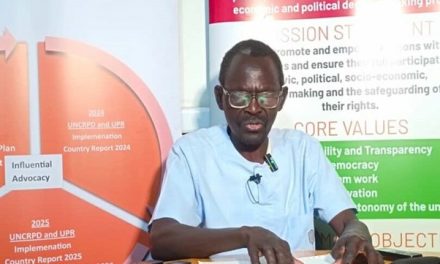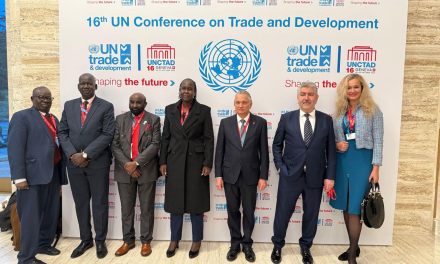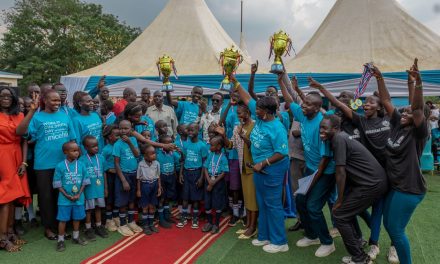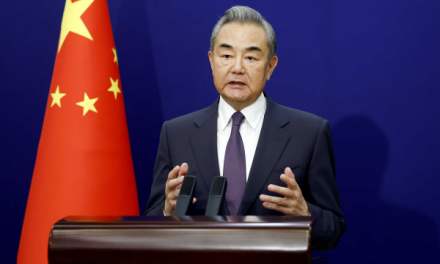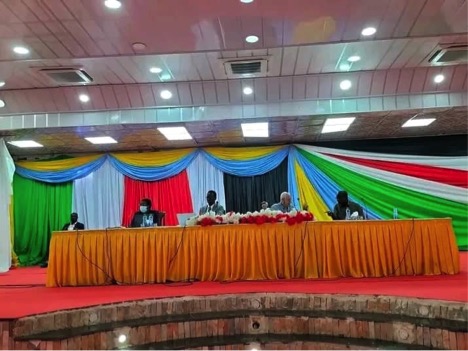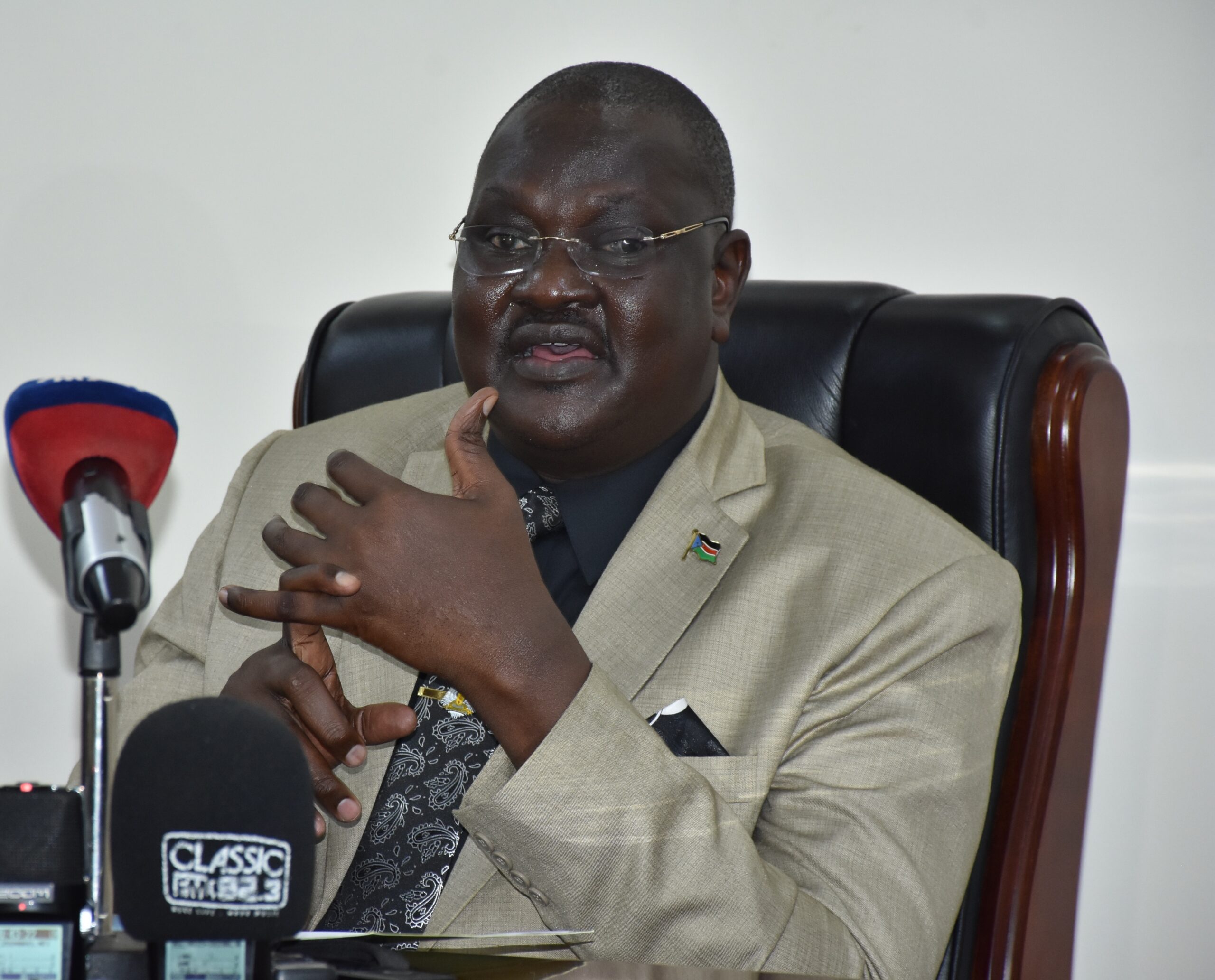
How WFP’s low land rice in flood prone parts of South Sudan is helping fight food insecurity
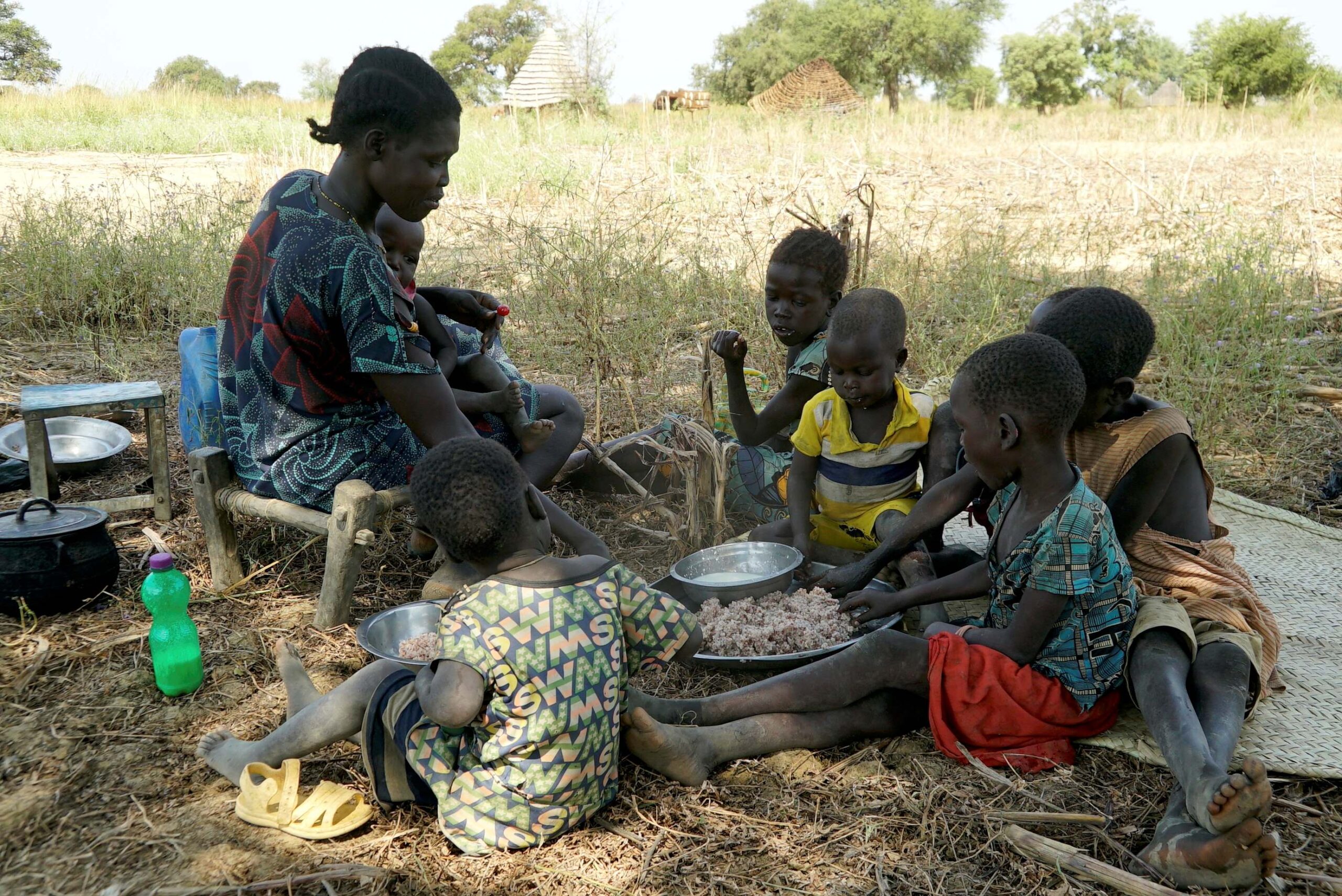
By Musa Mahadi
It is midday in Halbul and the harsh dry season heat is taking a toll on farmer Nyandeng Noon Agany as she makes her way through the village to her house. Wooden poles, a thatched roof, and papyrus walls make the place she and her six children call home. Nyandeng’s children are taking shelter from the heat under the porch, eagerly awaiting their mother’s arrival.
“Life was really tough not long ago; I was surviving by cultivating peoples’ garden and making what money or food I can,” reflects the 36-year-old mother of six as she removes a sack of unprocessed rice off her head.
She begins to remove the rice husks to prepare lunch for her children. Rice is non-traditional not only in this home, but also in the whole community. But it’s one which is fast growing in popularity, partly due to its versatility, but more so from necessity.
Halbul, a community in Aweil East County in Northern Bahr El Gazal, some 800km north of Juba, has historically relied on sorghum, unsurprising given it makes up around 70 percent of the national staple food in South Sudan. But as the climate crisis tightens its grip and extreme weather events, particularly flooding, increasingly, the cultivation of sorghum and other crops is becoming near impossible, pushing families to the jaws of perilously close to hunger and despair.
“Our crops were affected by floods, and our land has become infertile,” says Nyandeng as she serves her children lunch.
But since joining a rice growing scheme, Nyandeng and her children are fighting back against food insecurity, with multiple meals daily and enough rice leftover to sell for income. The tough days of barely surviving are soon to be in the rearview mirror for this family and many others.
Using floodwater to fight food insecurity:
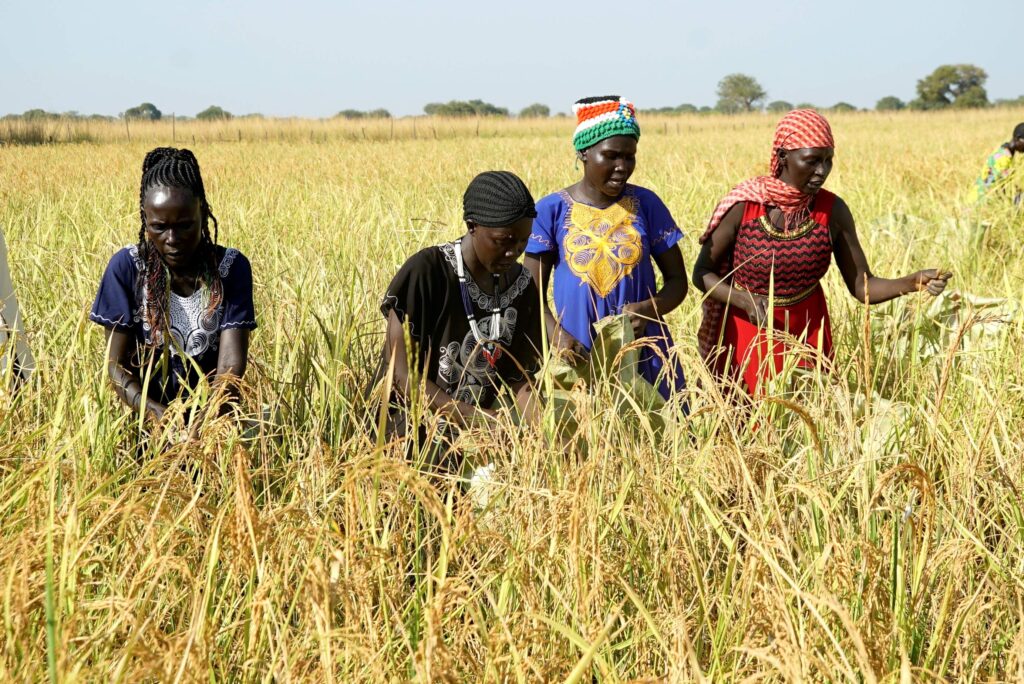
Nyandeng is one of 100 participants who have just harvested 45,000 kilograms of rice from a 25 hectare farmland. The rice growing initiative on low-lying farmland is the World Food Programme’s (WFP’s) initiative to help food insecure communities adapt to a growing number of climate shocks and stressors.
Through the programme, communities are trained on how to plant, manage, and harvest rice – a water loving crop that thrives in flooded areas. With several states experiencing regular flooding, even in years of below average rainfall, adaptation programmes are critical so communities can survive and thrive in a changing climate.
“We are witnessing climate extremes that are really resulting in increased food insecurity, alongside conflict and significant economic shocks,” says Mary-Ellen McGroarty, WFP Representative to South Sudan. “Humanitarian needs are outpacing resources, and we really need sustained government investment in infrastructure and social services to help communities adapt and thrive in face of more frequent climatic shocks and new climate reality.”
Supported by the United Kingdom’s Foreign, Commonwealth, and Development Office (FCDO), the low land rice programme has seen some 500 households participate in similar programmes in five locations. Cumulatively, they have cultivated 125 hectares of rice in different parts of Northern Bahr El Gazal state. Similar programmes are also implemented in neighboring Warrap state where more than 700 households are already growing rice.

